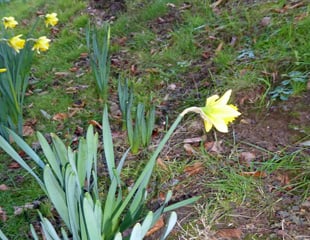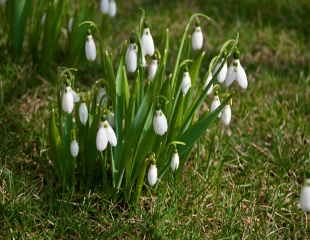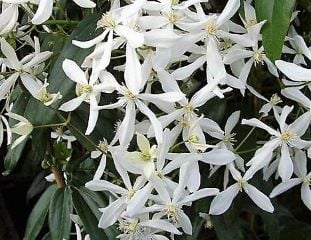Daffodils Flowering in January?
Posted on

This image was taken on 31. December 2014, and it is genuine. The Daffodil was flowering in a sheltered border along side the Le Strange Arms Hotel, Hunstanton in January. Does this mean nature is upside down? Our weather is much less predictable than it was and the seasons less defined. For once this is not attributable to climate change, but the variety of daffodil. There are some very early flowering daffodils. I didn't plant this Daffodil, so I cannot be 100% certain, but I am fairly sure it is one of the early flowering varieties of Daffodil, the most common of which is Narcissus 'Rijnveld's Early Sensation' which, in a sheltered spot, will flower from late December and January. This variety has the RHS garden merit award The fact this variety flowers so early is a reminder of the need when creating flowering displays with spring bulbs to check their flowering times. Narcissus 'Rijnveld's Early Sensation' is going to look good with early flowering crocus and dwarf Iris. Spring bulbs have a wide range of flowering times; Tulips are spring-flowering but that is from March to May. Tips and advice on which bulbs to grow for a great display in the spring, information about growing Tulips and advice on the correct planting depths for bulbs. |



